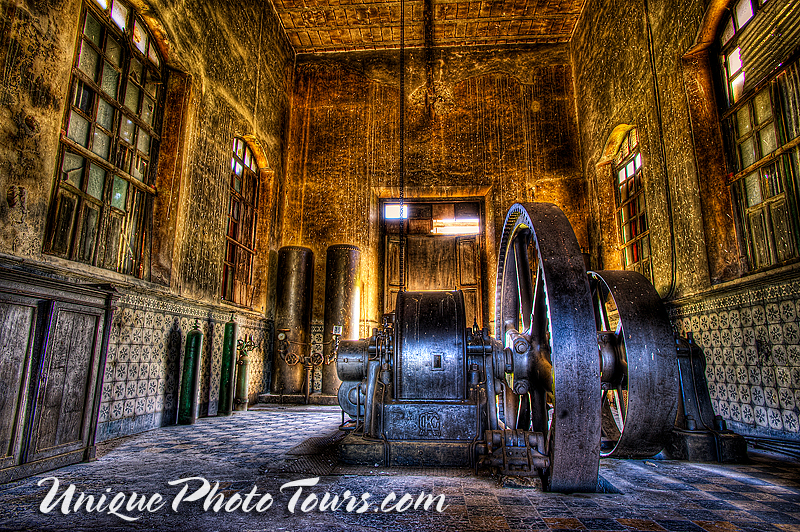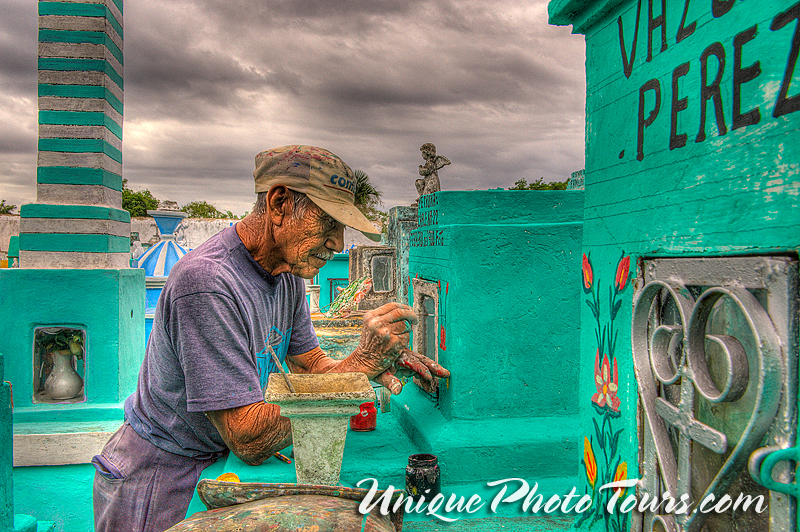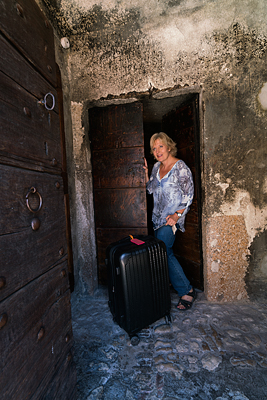We often hear the anagram HDR, and think High Dynamic Range.
Some people don’t care much for the image that pops into their head, assuming it’s one of those over-the-top highly processed images that looks more illustrative than photographic.
There is, however, a distinction between HDR and Tone Mapping. An image can be HDR and look completely normal.
That’s because HDR simply refers to expanding the range of tones in the image from dark to light.
The Illustrative Look we’re so familiar with is usually a result of remapping the tones in the image to enhance detail and color.
Although you might first think that Tone Mapping would simply mean setting a new Dark and Light point in your image, it’s actually far more advanced.
If you stop to realize that our paper can only be so white and our ink only so black – you suddenly find yourself wondering how we can put a greater tonal range on the same paper.
In a way, you can’t – unless you cheat.

.jpg)
Tone Mapping software like Photomatix and now many others, allows you to crunch a range of tones at the expense of others.
But don’t worry. The interface for this is simplified. It usually comes down to either using presets in some of the newer software or moving sliders.
HDR software is capable of using the massive amount of data from multiple images to drastically enhance micro-contrast. You might think of Micro-Contrast as sharpening on steroids. In software like Photomatix, you can control the way this “sharpening” is incorporated into your image – for me it requires a lot of playing around until you can begin to anticipate the relationship and effect one slider has in combination with another. It’s a highly iterative process.
You don’t have to make far-out Illustrative imagery with HDR. Sure, push the image, then blend the HDR back in with the original to temper the effect. That’s what was done with the photo above.
On the otherhand, you can pinch your nose and dive into the absurd, as I am often wont to do. People will definitely take notice – be it in admiration or disdain.
To me, having all that HDR power corrupts my artistic senses and I find myself losing control like Al Pacino in Scarface hoovering the white powder. I can’t stop myself. If there is a pixel to abuse, I’m usually there with my whips and chains. As the image below illustrates….

 SOMBODY Should’ve Stopped Me!
SOMBODY Should’ve Stopped Me!
This is an old Hacienda in the Yucatan, where manufacturing sisal made millionaires in Mexico.
This place was an OSHA inspector’s nightmare, but a photographer’s dream.
Over-the-top Tone Mapping seemed perfect to me… others quite disagree.
But that’s part of the fun, watching your own opinion morph over time.
This same assault on the senses occurred when Velvia film came out. People were initially turned off by its intense saturation,but opinions changed and we are now far more tolerant of saturation.
I like HDR images of people… The man below was readying the cemetary for Santa Semana celebrations. The only part that was moving was his hand. As you probably realize, movement is the bane of HDR photography.
The combined exposures left a blur at his fingertips which I cloned out using one of the shots from the HDR series. I then dodged and burned the cloned area to mimic the Tone Mapped areas.


I think the most exciting thing about HDR is that I still haven’t figured out exactly what set of light circumstances will create the best image. Often when I see the final processed image, I’m surprised.
HDR intuition still eludes me.
Regarding HDR, some people say, “Just because you can do something doesn’t mean you should.”
I think HDR/Tone Mapping is evolving. What we like today will be completely different from what we will like in the future.
But the technology is here – it’s easily accessible and relatively cheap. Give it a try and be surprised!

 Here’s one last HDR that surprised me.
Here’s one last HDR that surprised me.
I didn’t notice the blue when I shot it.
And I like the way the blue fights back the yellow-green in the hall and beyond.
The cracking plaster and lath made for interesting texture and the broken windows cast interesting shadows.
What a fun surprise to see it come to life on my monitor.
Dave


.jpg)
